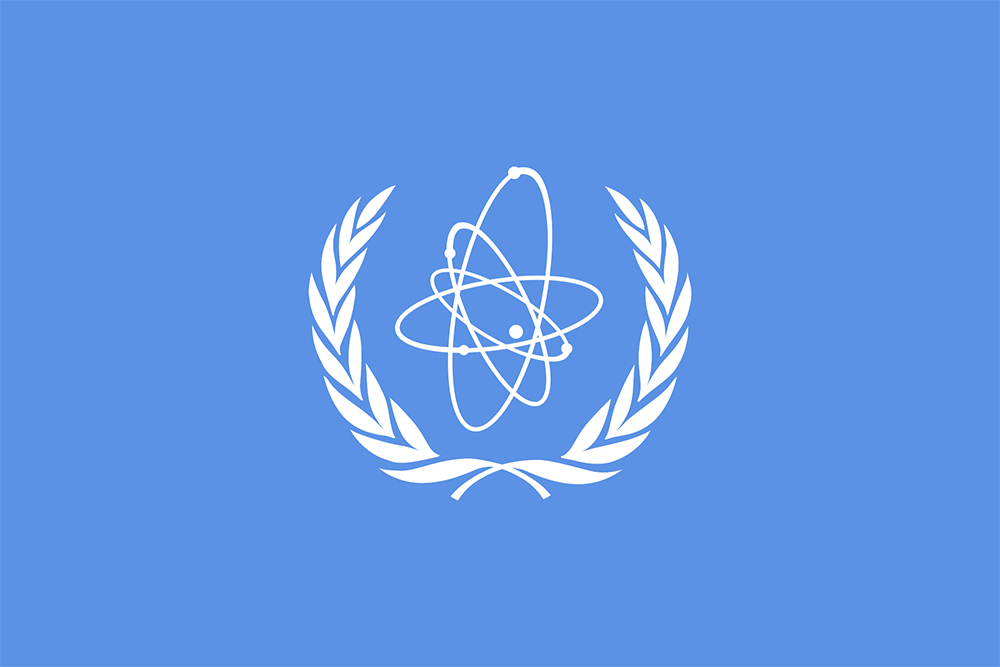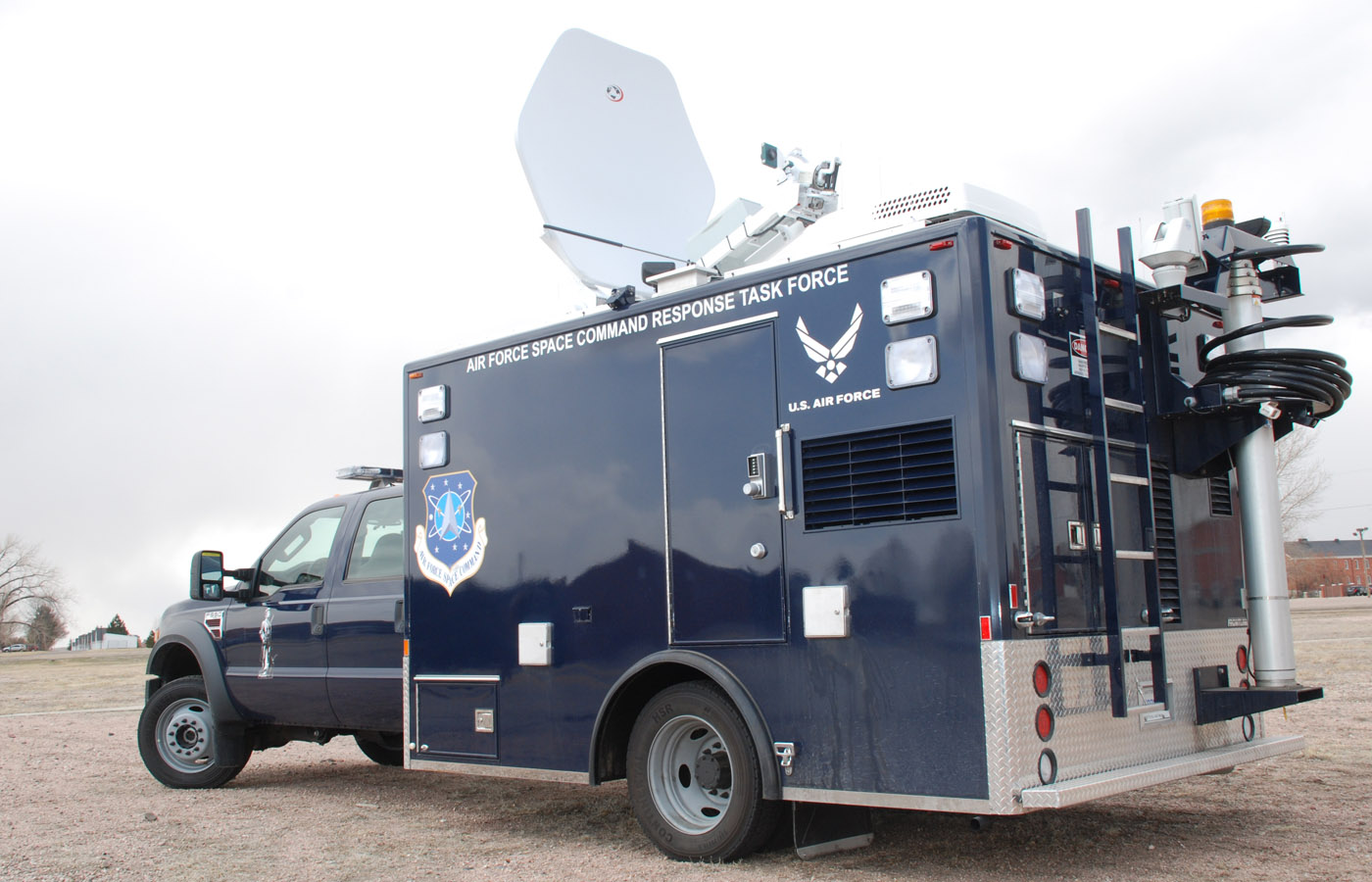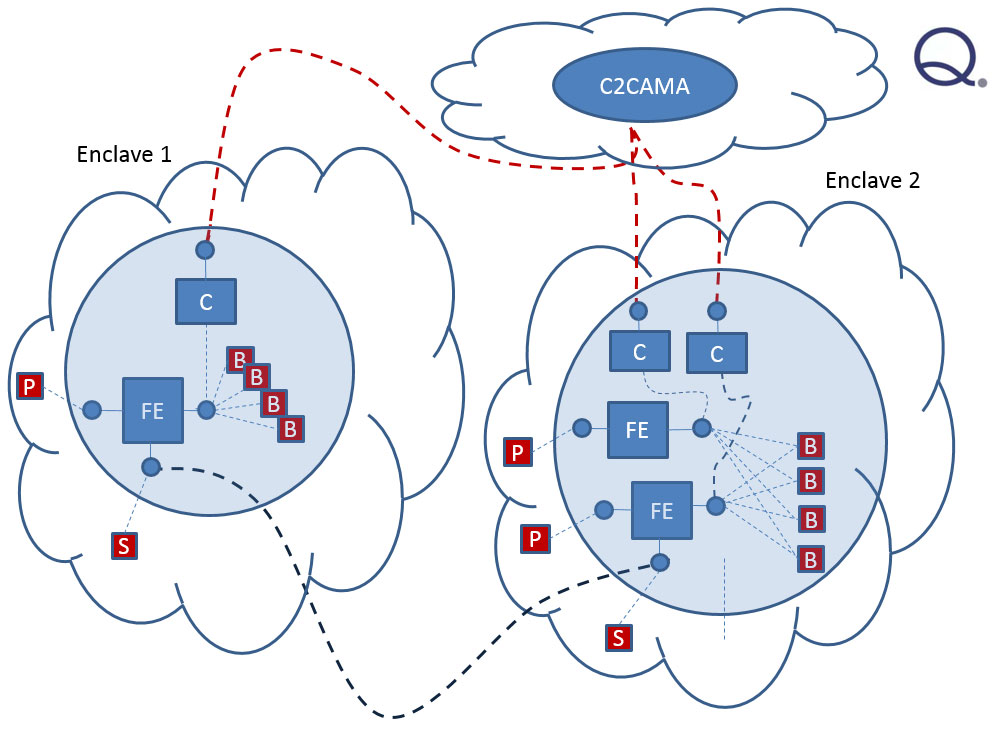Quanterion has operated the Defense Threat Reduction Information Analysis Center (DTRIAC) Basic Center of Operations (BCO), the DoD’s knowledge source for Chemical, Biological, Radiological, Nuclear and Explosive (CBRNE) defense and Weapons of Mass Destruction (WMD) management. In addition to the core activities related to the collection, analysis and dissemination of topic-relevant Scientific and Technical Information (STI), the DTRIAC also performed specialized studies and analytical activities for various government agencies on all Combating-WMD (CWMD) topics. Quanterion has employed several CBRNE and… Read More
WMD Monitoring Equipment
Under an Engineering and Management support contract to the Brookhaven National Laboratory, Quanterion performed an independent assessment of the equipment maintenance management system (EMIS) used by the International Atomic Energy Agency (IAEA) for monitoring equipment used in controlling WMD-related stockpiles. Activities also included the development of guidelines for developing reliable/maintainable IAEA monitoring equipment.
Integrated Information Management System (IIMS)
Quanterion has been supporting the AFRL on IIMS since 2006. It is the third generation of a command and control (C2) and chem/bio detector network that aids users at a site in the preparation for, operation during, and recovery from, a Chemical, Biological, Radiological and Nuclear (CBRN) or conventional attack or incident. The IIMS enhances situational awareness of personnel by recording, distributing, analyzing and visually displaying information of interest to the warfighter.
Reliability Information Analysis Center (RIAC)
Quanterion performed the day-to-day core operations of the former Reliability Information Analysis Center (RIAC), the DoD’s Center of Excellence in Reliability/Maintainability and Quality. Although chartered by the DoD, its activities, tools, models and databases are widely used across other homeland defense related industries. The Center’s design/analysis guides and failure-related models and databases are standard practices for all types of critical homeland defense equipment and systems. The RIAC staff supported U.S. Department of Defense (DoD) and other government agencies in developing… Read More
Critical Infrastructure
Under this initiative, Quanterion, as part of its operation of the Reliability Information Analysis Center (RIAC) collected system, equipment, and assembly data and information on items of interest to homeland security, and the nation’s critical infrastructure in general. It also developed a compendium of organizations within the government dealing with the diverse issues associated with Homeland Defense. Terrorist activities and recent national disasters have emphasized the need for this type of data in planning for, and reacting to, emergency situations.… Read More
Emergency Response Vehicles
Quanterion performed a study for the Warner Robins Air Logistics Center (WRALC) to assess the availability, maintenance strategy and failure trends of emergency response vehicles used on a range of Air Force bases. Along with the study, a Weibull analysis set of tools for software was developed to enable its staff to continue the analyses internally on a regular basis.
Emergency Medical Facilities
Quanterion performed reliability and life-cycle cost analyses on transportable military medical facilities to support customer strategic planning and business development
Secure Routing Architecture Analysis
This effort supported Air Force Research Laboratory (AFRL) to design, architect and build a secure trusted router overlay for military networks based on the realization that many of the infrastructure components that the military depends on for movement of data between military enclaves are commercial end items that may not be configured or manufactured to meet the full qualifications of military mission objectives. Threats to unencumbered movement and assured delivery are the normal physical shortfalls, such as interrupted flow due… Read More








